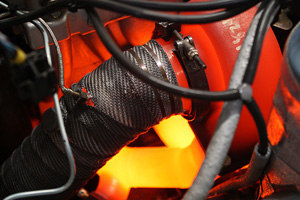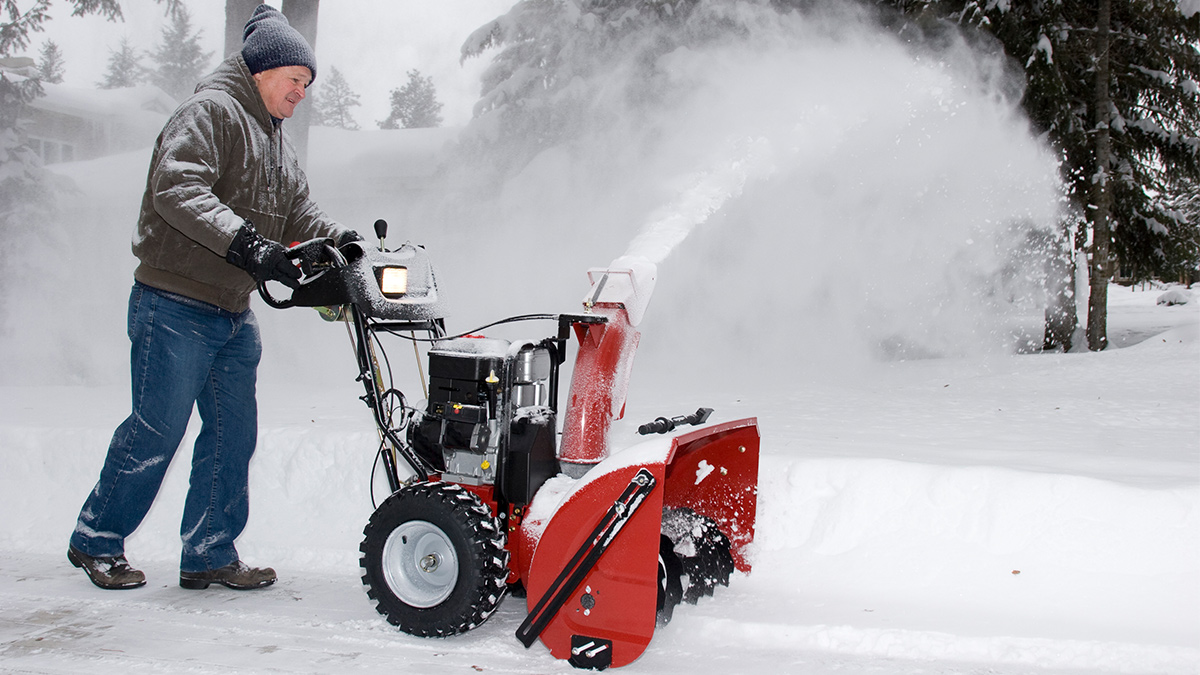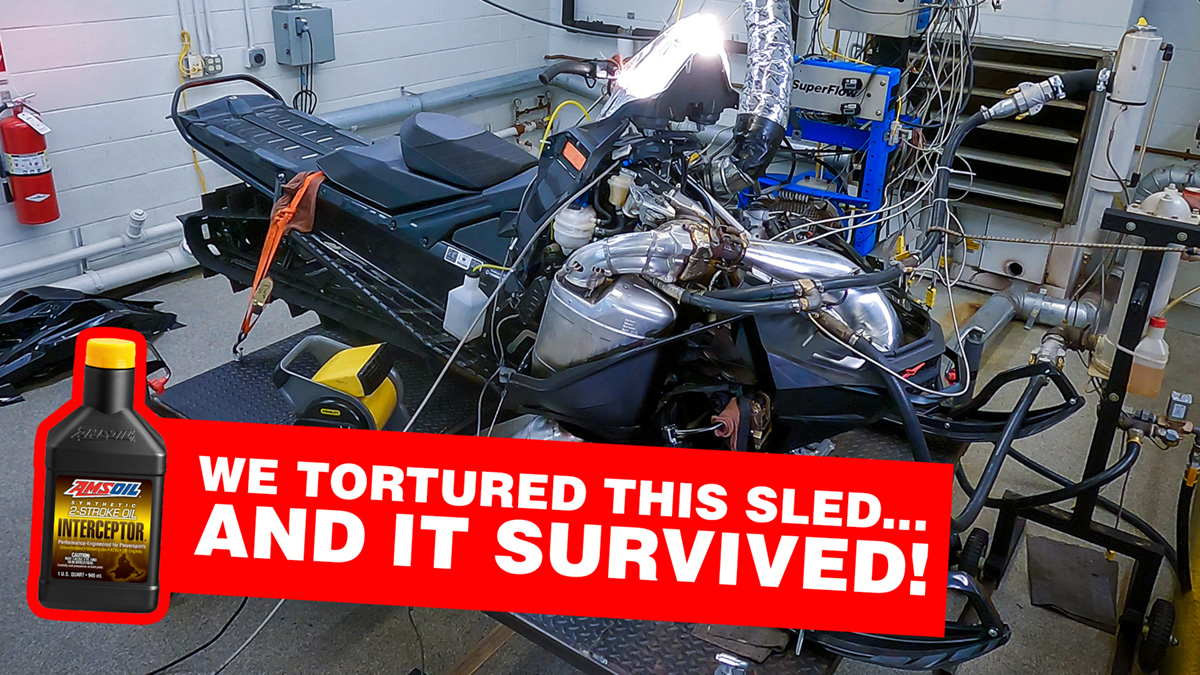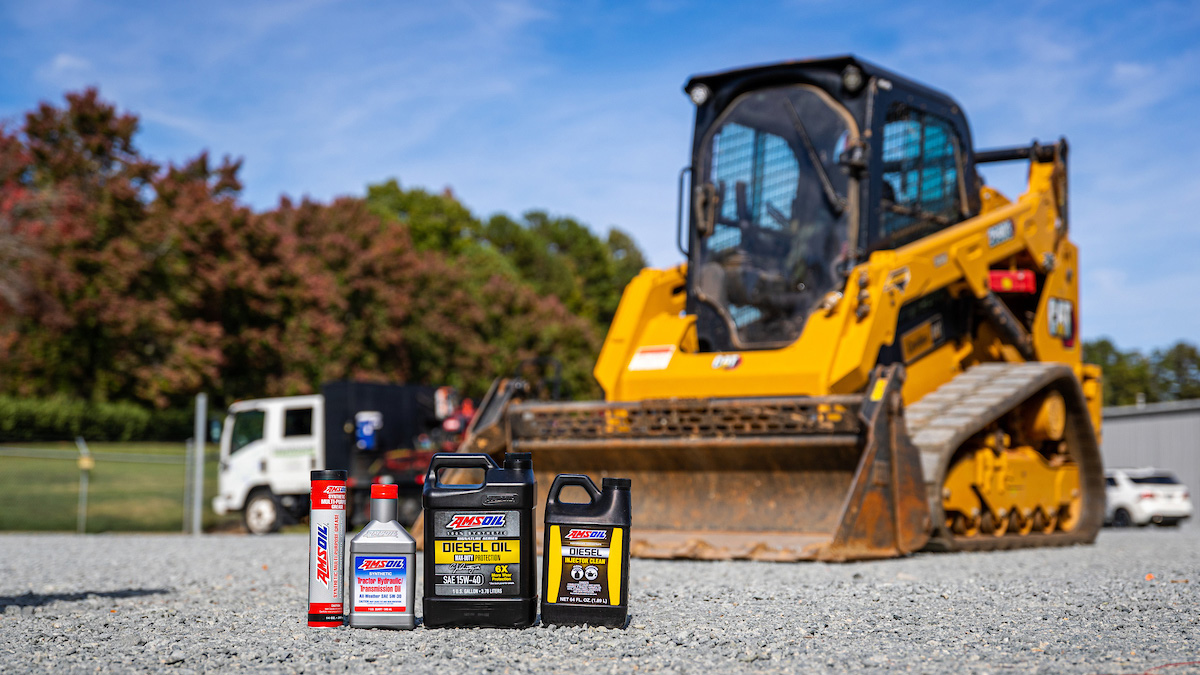The Need for fuel economy: Turbochargers and Direct Injection a work in progress. Note: This was an older article I never added here but still contains important things to highlight. Keep in mind the actions needed to extend the life of these engines. Alex Thompson | Sep 06, 2017 11:04 AM Turbocharged, gasoline-direct-injection (T-GDI) engines […]
You are browsing archives for
Tag: maintenance
What’s the Best Oil for My Snowblower?
What’s the Best Oil for My Snowblower? Using a high-quality, purpose-built oil can provide extra protection for your snowblower’s engine. _by Brad Nelson|November 10, 2023 When a snowstorm hits, you need your snowblower to fire up and help you get the job done. But snowblower engines face unique challenges that can reduce their dependability, horsepower […]
How To Protect Your Snowmobile Engine
How To Protect Your Snowmobile Engine _by David Hilgendorf|September 6, 2023 Manufacturers are designing today’s sleds to deliver unprecedented power and performance, so snowmobile enthusiasts can push the boundaries even further. Two-stroke snowmobiles are meant to be ridden hard, but aggressive riding and running your machine at wide-open throttle all day takes its toll on […]
Top 5 Skid Steer Maintenance Tips
Top 5 Skid Steer Maintenance Tips _by David Hilgendorf|September 29, 2023 Skid steers are built for tough construction, excavation, agricultural and other professional projects. Whether you’re clearing land, moving rocks or tearing down a wall, a skid steer is an excellent piece of equipment for many different jobs. But these nimble machines can be expensive […]



